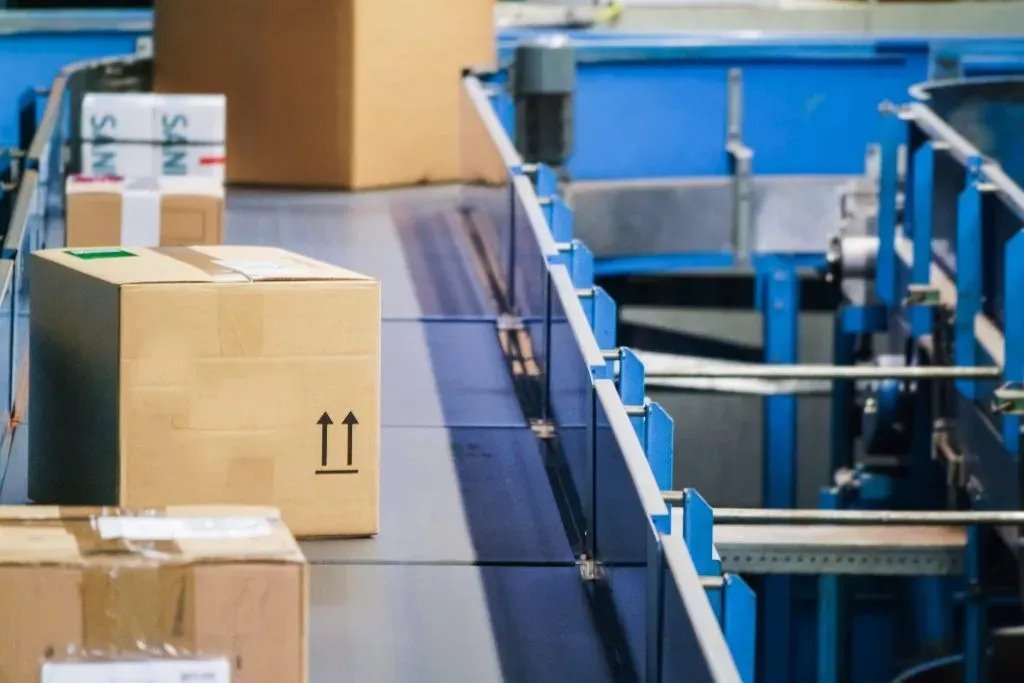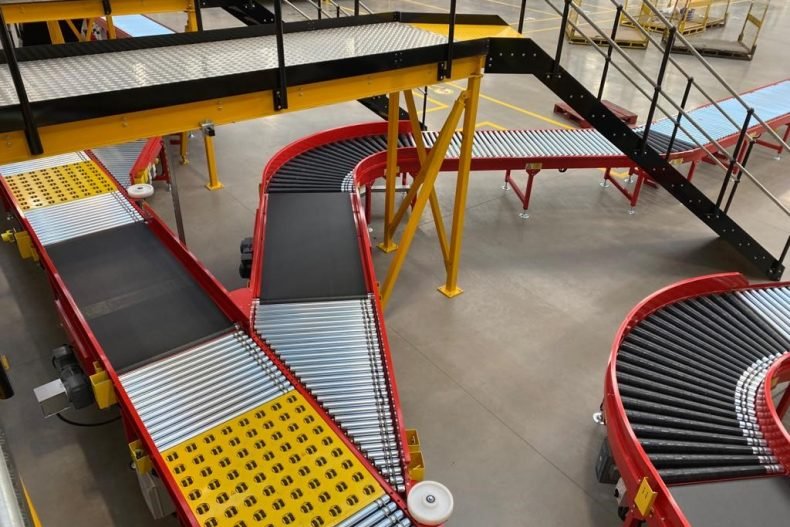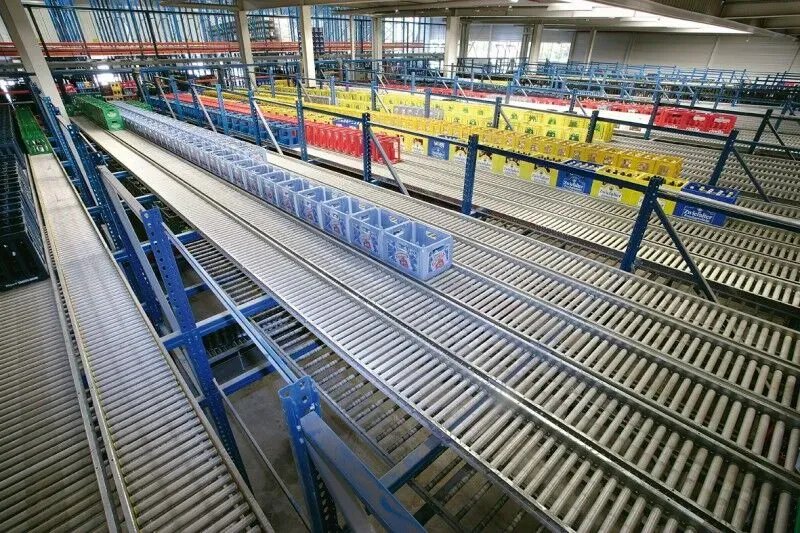The Challenge
Plastic Omnium wanted to reduce dust contamination and the over handling of moulded parts entering paint environments. Excessive handling causes issues at the paint line as the moulded parts could become contaminated with grease, and even suffer from electrostatic issues which attract dust and unwanted particles, potentially affecting the quality of paint finishes.
L-A-C Logistics Automation were approached to help develop a wide belt conveyor system that would reduce the manual handling of the moulds to a bare minimum. L-A-C’s own in-house design team worked with the sales department and customer to develop a solution that fitted requirements.
The final design allowed for parts to be placed directly by an operator from the moulding operation onto a 2000mm wide belt conveyor which was built in two tiers.
Each tier would convey a left-hand and right-hand part from the moulding process to the paint workshop.




